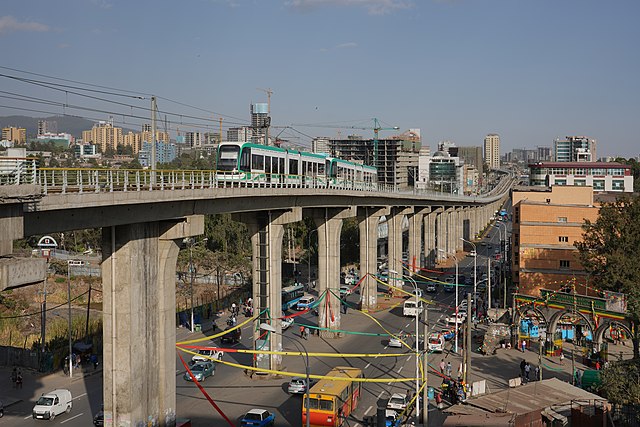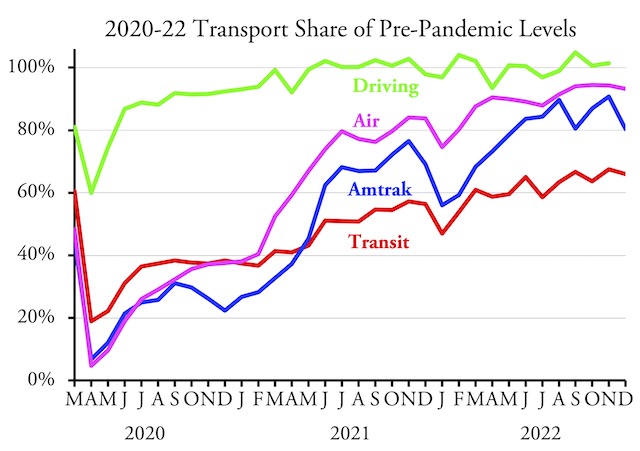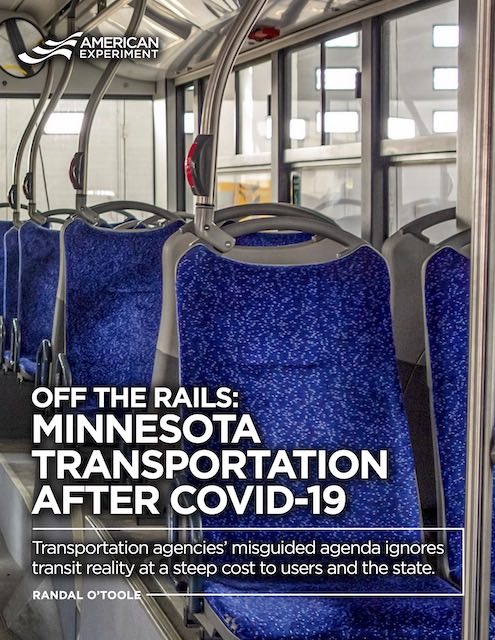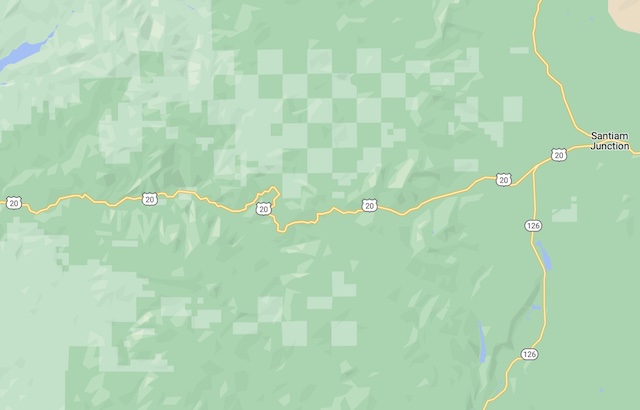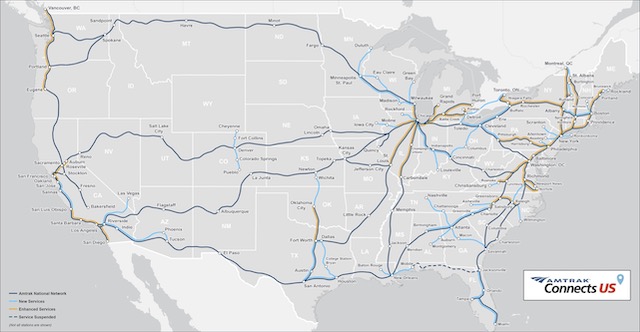Addis Ababa, the capital of Ethiopia, has a 19.6-mile light-rail system that consists of a north-south line intersecting an east-west line. It cost $475 million, or less than $25 million per mile. That sounds like a good deal compared with U.S. lines now under construction or in planning, the least expensive of which is more than $135 million a mile and the average cost is more than $275 million a mile.
Addis Ababa’s light-rail line. Photo by A.Savin.
There’s just one little problem. Although the light-rail system is just seven years old, it is already suffering serious maintenance problems. Only eight of the city’s 41 light-rail trains are functional, and the city has resorted to operating just every other day in order to do track maintenance. The city estimates it needs $60 million to restore the system to full capacity, which it doesn’t have. Continue reading

